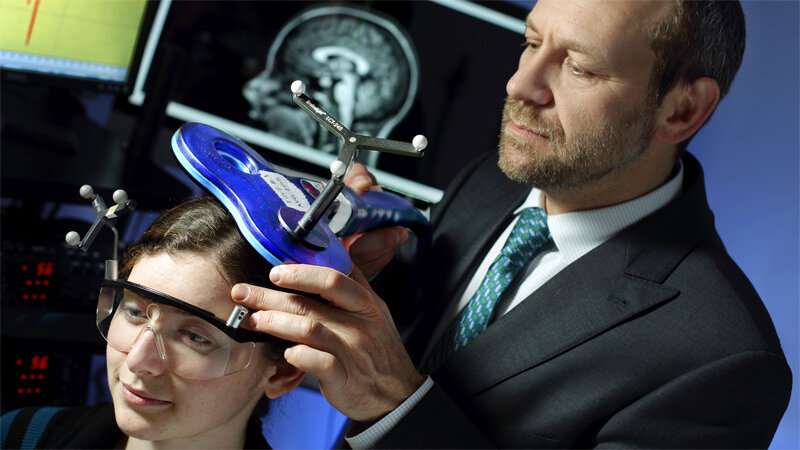Motor learning processes influence how humans learn new behaviors

Motor behaviors are part of all basic human activities, from talking and breathing to standing, walking and playing instruments or sports. These motor skills require that the nervous system first learns how to move by creating internal commands and then, with the commands in place, enable humans to repeat the movements thereafter. In a paper published in the July 25, 2020, issue of The Neuroscientist, a team of Johns Hopkins Medicine and University College London researchers explain the underlying bases behind such learning.
By reviewing previously completed behavioral and neurophysiological studies by Johns Hopkins Medicine and other sources that used two noninvasive brain stimulation techniques, the researchers evaluated data to better define the "big picture" about motor learning. This enabled a more comprehensive understanding of how humans learn new motor skills and which parts of their brain are involved. This information is critical to help design approaches to enhance learning or leverage it in the context of rehabilitation.
"In the long run, we hope to see if stimulating specific parts of the brain can increase motor function, especially in patients who are recovering from some form of brain injury," says physiatrist-in-chief Pablo Celnik, M.D., director of both the Department of Physical Medicine and Rehabilitation and the Center of Excellence in Stroke Treatment, Recovery and Rehabilitation at the Johns Hopkins University School of Medicine.
Researchers in previous studies have used two noninvasive and painless brain stimulation techniques to asses patient motor learning and performance progress. The methods, known as transcranial magnetic stimulation (TMS) and transcranial direct current stimulation (tDCS), are designed to impact specific areas of the brain by delivering mild shocks through the patient's skull. The stimulation allows for brief disruption of the function in those regions, enabling researchers to note any irregular behavior in the patient.
In the past, TMS has shown benefits for patients with depression for whom antidepressant medications provide no help or cannot be tolerated. Similarly, research also has demonstrated cognitive improvement in some patients undergoing tDCS, showing that the technique may be helpful in treating depression, anxiety, Parkinson's disease and chronic pain. For patients with neurological diseases including spinal cord injuries, Alzheimer's disease and stroke, brain stimulation techniques may aid in a patient's recovery after a negative event. Through targeted rehabilitation techniques, such as TMS and tDCS, a patient's motor learning abilities can be improved as he or she adapts to new movements while regaining function.
Motor learning involves many different processes to ensure smooth and accurate movements. These processes enable those abilities that are learned by different areas of the brain—such as playing competitive sports, performing a Beethoven symphony or rock climbing a mountain with bare hands.
"All of these functions interplay with each other in a very coordinated fashion," says Celnik.
Looking at the big picture revealed by analyzing data from numerous TMS and tDCS studies performed in Celnik's lab and others, the researchers identified the parts of the brain involved in the acquisition and retention of voluntary movements and motor skills. When tDCS was applied over specific brain regions that control some aspects of motor function, patients and healthy individuals showed increased excitement and better retention of their new motor memories.
Additionally, the authors reason that learning new skills involves different aspects of motor control with slightly different timings and roles during the overall learning process.
The researchers next plan to determine whether different learning processes can supplement each other during illness. If so, this would imply that when one area of the brain has a lesion, another part of the brain may be able to compensate. Such a finding would be significant because it could enable clinicians to develop better rehabilitation interventions that facilitate recovery after brain disease.
More information: Danny Spampinato et al. Multiple Motor Learning Processes in Humans: Defining Their Neurophysiological Bases, The Neuroscientist (2020). DOI: 10.1177/1073858420939552


















